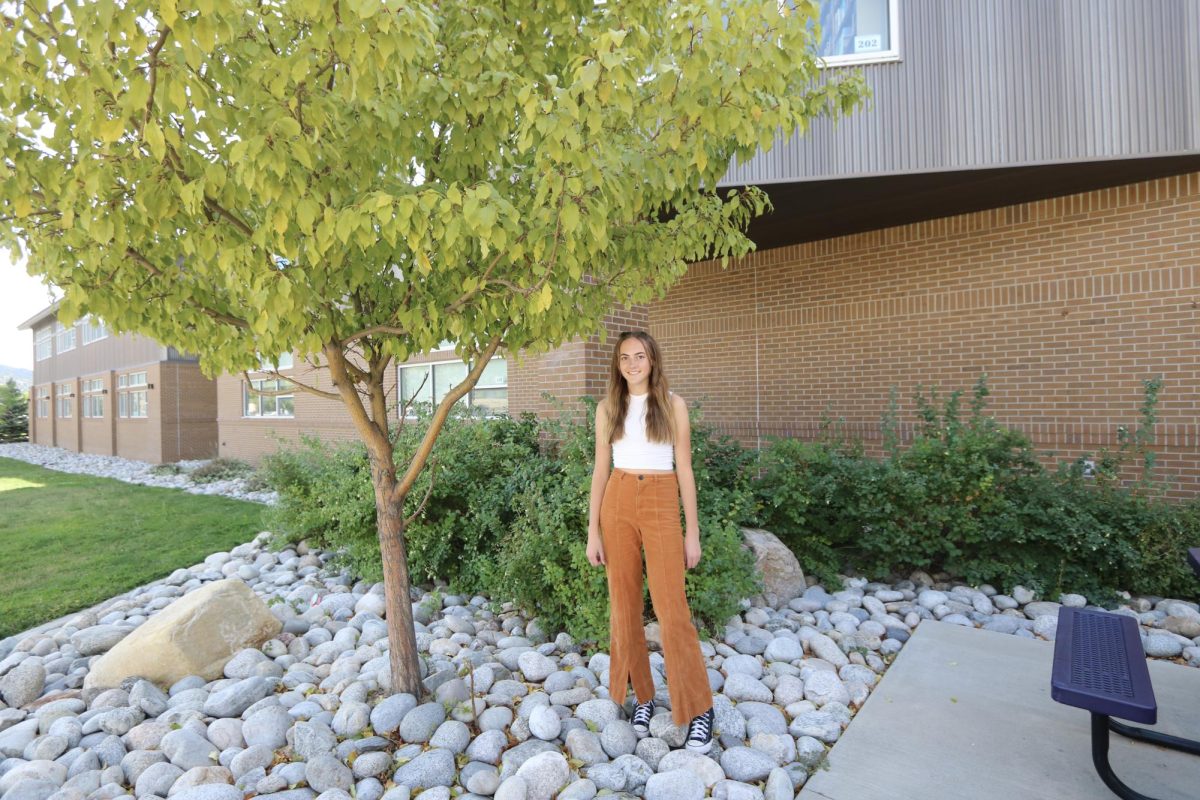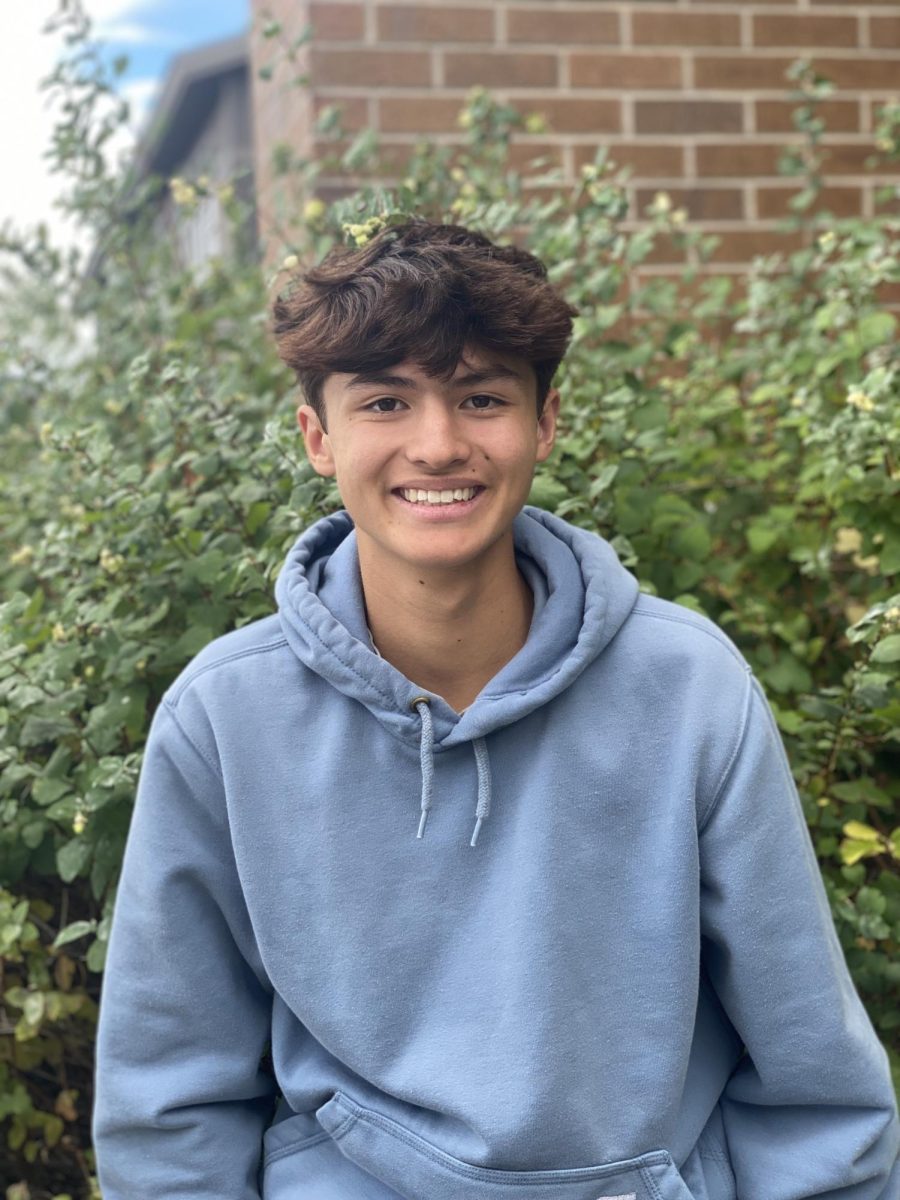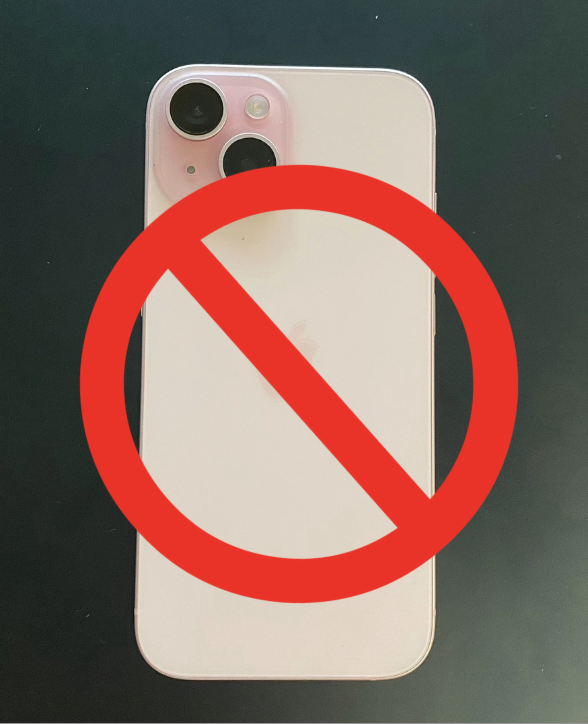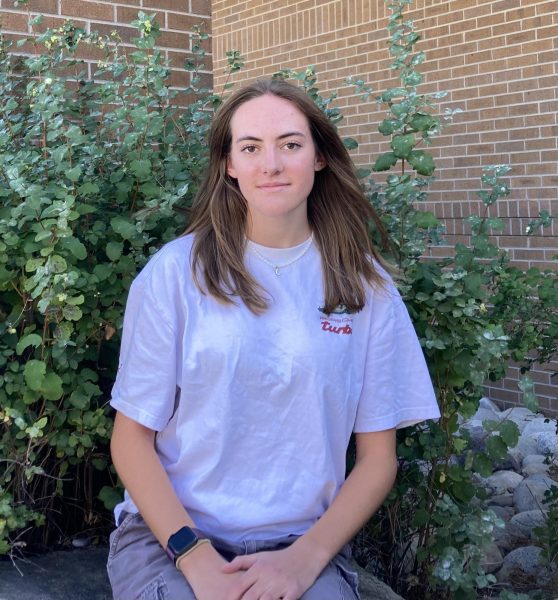
This year, there have been some beneficial changes in the way advisory is run here at Salida High School. One of the biggest, and most student contested, changes is that phones are no longer allowed in advisory. Before, students could be on their phones unless they had a specific task to do. Now, even when all advisory work is completed, students are required to keep their phones away during this time.
For example, there are now tasks that are assigned to each grade that have been assigned through Naviance and Wayfinder. Naviance and Wayfinder are software programs that have been purchased by the school district this year using grant money. The software is used to check in on yourself and your learning habits. Through Naviance, advisory is now being graded based on participation. This means students are being held accountable for doing the tasks through the new software.
The staff at SHS decided to make these changes for a few reasons. For one, it was to make advisory a useful time for the students. They also hope to help the students get a better understanding of what they might like to do after high school. These changes were also made to help the teachers with advisory.
“Some teachers were good at helping the students be ready for after high school but some teachers struggled with it,” Abigail Cooksey, the Dean of Students explained, “we wanted to make sure whatever advisor you have, you get a valuable experience.”
The purpose of advisory is to make sure every student gets purpose when they’re going through their high school career and to make sure they are ready for their life after high school.
“We want the students to have a sense of belonging to the school, ” Principal Jesse Hull said.
Hull went on to say that he wants every kid to develop their purpose while at Salida High School. In the spring of 2021, SHS added Thursday clubs to the advisory timeslot in the schedule. On Thursdays, students select a club of their interest and participate. SHS students have choices like Ultimate frisbee, poker club, knowledge bowl, board game club and outdoor club.
“The clubs change to represent student interest over time,” Cooksey said.
The staff is always working to improve advisory and align it with the mission of the school.
“We’re pretty excited about the new curriculum that is being offered this year,” Hull said, “it is directly aligned with our vision and mission.”
The student voice has also been considered. There were some students that valued time in the past as study time, free time or as a time-out period. The curriculum also wasn’t robust and didn’t make much sense, so taking that input, they decided to change it.
“We need to prepare them [the students] for the next level, and advisory is the foundation for that,” Hull said.
The advisors want to make sure that the students are being listened to, and that they are well-prepared for life after high school. Because of this, the ideal ratio of students to staff is fifteen to one, so that the advisors have a chance to talk to all of the students each week and check up on them. In advisory classrooms, teachers are in charge of advisory lessons which can be based on college and career readiness or durable skills.
Advisory has four points of emphasis. The first is academic support. Another is to ensure students feel a sense of belonging within the school, an example of that being club day. The third one is teaching kids durable skills and social emotional learning. The fourth is career and college readiness. That is demonstrated through the new curriculum of Naviance.
This year, advisory has seen some changes. From new clubs being added every year to the new software, advisory had improved. Students are getting more one-on-one support than ever before with the weekly check ins. It is also holding kids accountable through the new grading system.



